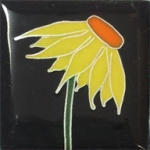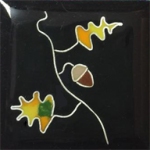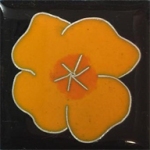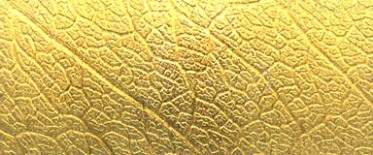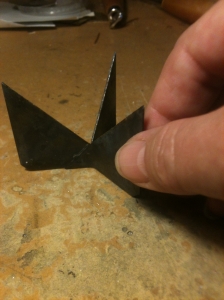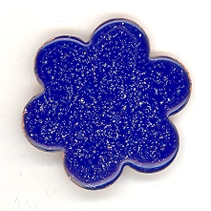Metalsmith: Cushion Behind a Stone
There are times when a jeweler needs a cushion behind a stone or enamel that’s being bezel-set, whether to raise it higher, or to even out an unevenness such as in the case of a warped enamel. One solution is to use fine sawdust between the piece and the bezel. Some people like to use an old credit card. On a larger piece, like the enamel in the accompanying photos, I like to use a piece of a plastic lid, as from a can of coffee or something similar. They come in different thicknesses, and this little safety measure gives me a lot of peace of mind when working with a bezel roller later.
Update: I’ve had a few people write to me about using plastic for this step (some for, some against). I use plastic because it is a long-lived, neutral substance. It doesn’t rot away making the stone loose, or swell when it’s wet, potentially breaking the stone. Sawdust and cork are fine, but beware of the pitfalls.



Sponsored by:
 Bookbinding, Metalsmithing and Glass
Bookbinding, Metalsmithing and Glass
We have the tools and supplies you need for your projects and classes
www.volcanoarts.com
